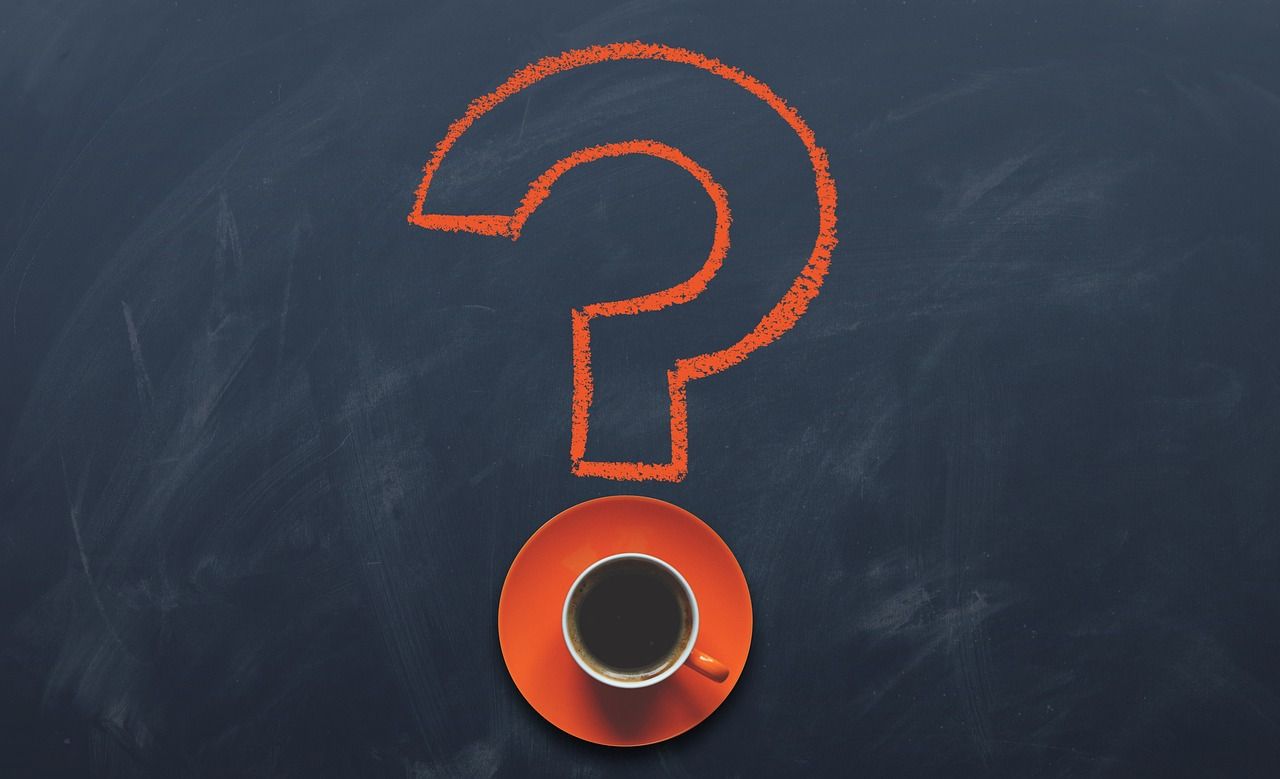If you’re a music lover, you’ve probably heard the term “sampling” before. Sampling is a creative process where you take a piece of an existing song and use it in a new track. This can be anything from a drumbeat, a melody, or even a vocal snippet. But if you’ve ever wondered, “How do I sample music?” you’re in the right place! In this guide, I’ll break it all down for you in an easy-to-understand way. By the end, you’ll know exactly how to start sampling music and adding your unique flair to it.
What Is Sampling in Music?
Before diving into how to sample music, let’s understand what it really is. Sampling means taking a small part of an existing recording and reusing it in a new musical piece. It could be a funky bassline, an iconic guitar riff, or even a spoken word from a movie or speech. Sampling is all about breathing new life into old sounds and making them your own.
For instance, many hip-hop tracks from the ‘80s and ‘90s relied heavily on sampling. Producers would take snippets of soul, jazz, or funk records and turn them into beats. Sampling is still a massive part of modern music, and it’s used in genres ranging from electronic to pop.
Why Is Sampling So Popular?
Sampling lets you tap into the emotional and sonic qualities of existing music. A well-sampled track can evoke nostalgia while feeling fresh and innovative. It’s like giving a classic tune a new outfit! Plus, sampling can save time for producers who want to create something impactful without starting entirely from scratch.
Is Sampling Legal?
Let’s address the elephant in the room: Is sampling music legal? The answer is both yes and no. Sampling is legal if you get permission from the copyright holder of the original work. This is called “clearing a sample.” If you don’t clear your sample, you could face legal consequences, especially if your track becomes popular.
Here’s the good news—many resources help artists legally sample music, like sample packs and royalty-free music libraries. Some websites even sell pre-cleared samples so you can use them without worrying about copyright issues.
How Do I Start Sampling Music?
Step 1: Find the Right Equipment
To sample music, you don’t need a ton of fancy gear. A good computer and some software are usually enough to get started. Here’s what you’ll need:
- Digital Audio Workstation (DAW): This is the software where all the magic happens. Popular options include Ableton Live, FL Studio, Logic Pro, and Pro Tools.
- Audio Interface: If you plan to record external audio, like vinyl records, you’ll need this to connect your equipment.
- Sampler Plugin or Hardware: A sampler lets you chop up and manipulate your audio. Popular sampler plugins include Native Instruments’ Kontakt and Serato Sample.
- Headphones or Studio Monitors: Good audio gear ensures you hear every detail.
Step 2: Choose a Song to Sample
Now comes the fun part: finding a track to sample. You can explore old vinyl records, browse YouTube, or even dig through your personal music collection. Look for unique sounds or loops that catch your ear. Many producers prefer obscure tracks so their samples feel fresh and original.
Step 3: Chop It Up
Once you’ve chosen a track, it’s time to chop it up. This is where your sampler comes into play. Load the audio into your DAW and isolate the part you want to use. It could be a few seconds of a drum loop or a longer melody.
Chopping allows you to rearrange the sample and create something completely new. For example, you could take a slow, soulful melody and speed it up for a hip-hop beat.
Step 4: Add Your Unique Touch
Sampling is an art form, and creativity is key. Don’t just copy and paste the sample; manipulate it! Here are some ideas:
- Pitch Shifting: Change the pitch to make the sample sound higher or lower.
- Time Stretching: Adjust the tempo to fit your track.
- Layering: Combine your sample with other sounds, like drums or synths.
- Effects: Add reverb, delay, or distortion for a unique vibe.
Step 5: Clear the Sample (If Needed)
If you’re planning to release your track commercially, make sure to clear your sample. This involves contacting the copyright holder and negotiating a license. It might sound daunting, but it’s an essential step to avoid legal issues.
Tools and Resources for Sampling
Sampling has never been easier, thanks to the abundance of tools and resources available. Here are some popular ones:
- Splice: A massive library of royalty-free samples.
- Tracklib: Lets you legally sample original tracks from various genres.
- YouTube Audio Library: Free music and sound effects for personal and commercial use.
Creative Tips for Sampling
Think Outside the Box
Sampling isn’t just about using music. You can sample dialogue from movies, ambient sounds from nature, or even your own voice. The possibilities are endless!
Experiment with Genres
Mixing genres can lead to incredible results. For example, sampling a classical piano piece and turning it into a trap beat creates something unexpected and exciting.
Learn from the Pros
Study tracks from legendary producers like J Dilla, Kanye West, or DJ Premier. Pay attention to how they chop and manipulate samples to create their signature sounds.
Common Mistakes to Avoid
While sampling is fun, there are a few pitfalls to watch out for:
- Overusing the Sample: Don’t let the sample dominate your track. Use it as an element, not the entire song.
- Ignoring Copyright: Always ensure your sample is cleared or royalty-free.
- Poor Audio Quality: Low-quality samples can ruin your track. Look for high-quality audio sources.
Wrapping Up
So, how do I sample music? It’s all about finding the right sounds, chopping them creatively, and making them your own. Sampling is a skill that takes time to master, but with practice and the right tools, you’ll create tracks that stand out. Remember to respect the original artists by clearing your samples or using royalty-free resources.
Now it’s your turn to dive into the world of sampling. Grab your gear, start exploring sounds, and unleash your creativity. Who knows? Your next beat might just be the one to take over the airwaves!
For further reading, explore these related articles:
- Taylor Swift Spotify Streams: How She Became the Queen of Streaming
- Mo Bamba Lyrics: The Story of a Song That Took the World by Storm
For additional resources on music marketing and distribution, visit DMT Records Pvt. Ltd..






